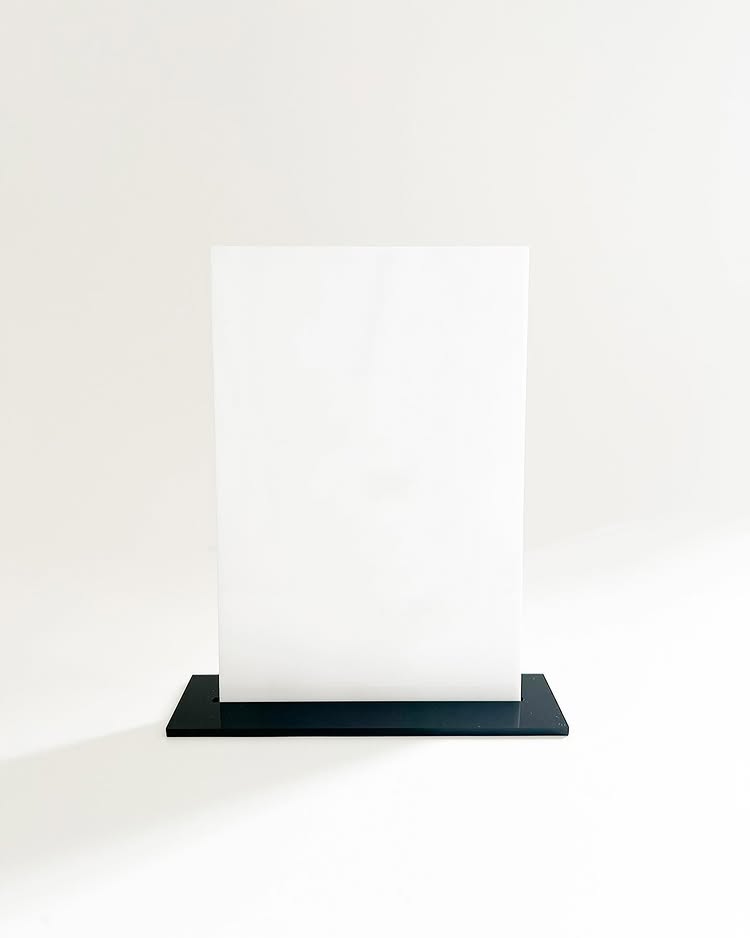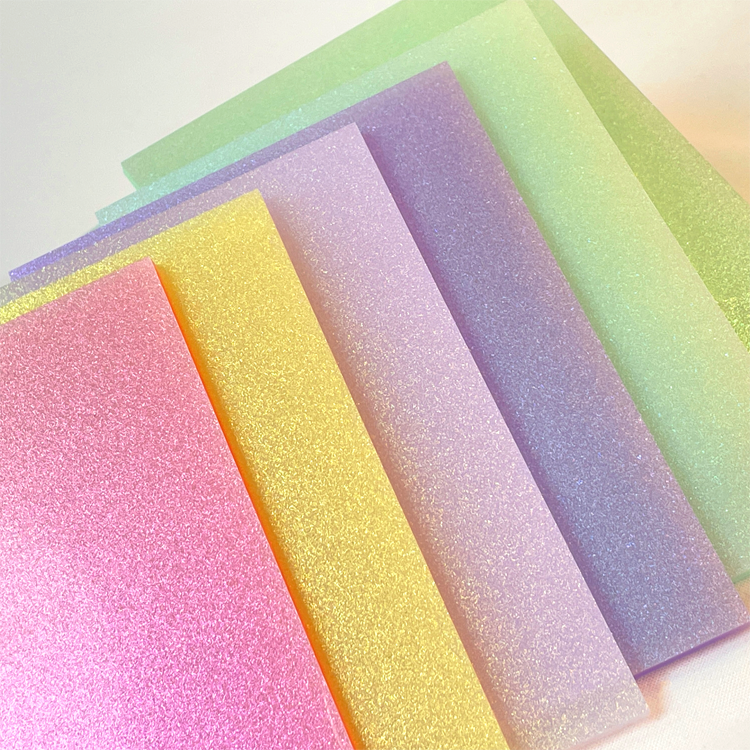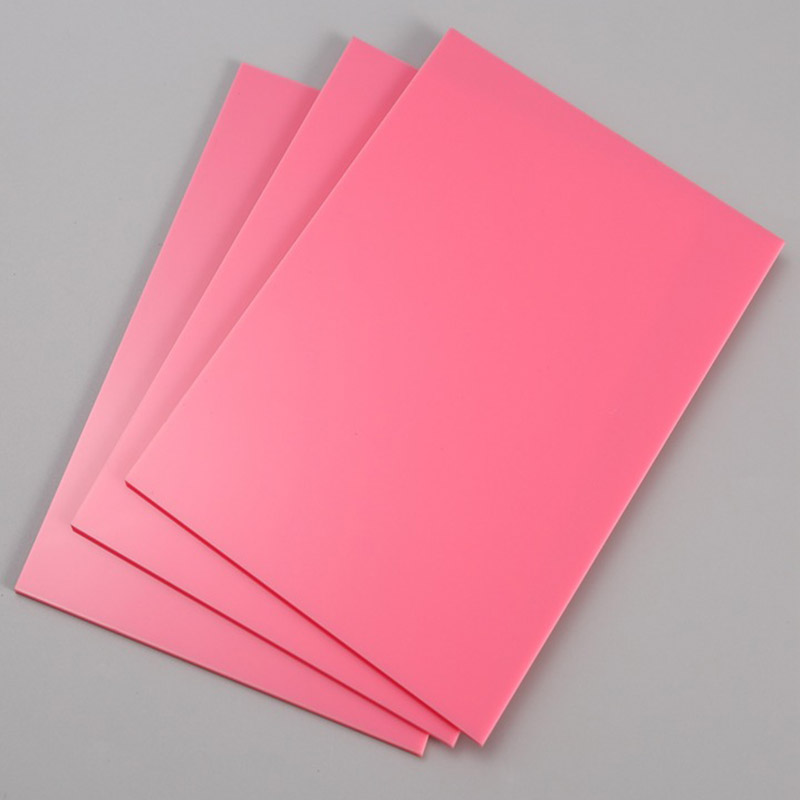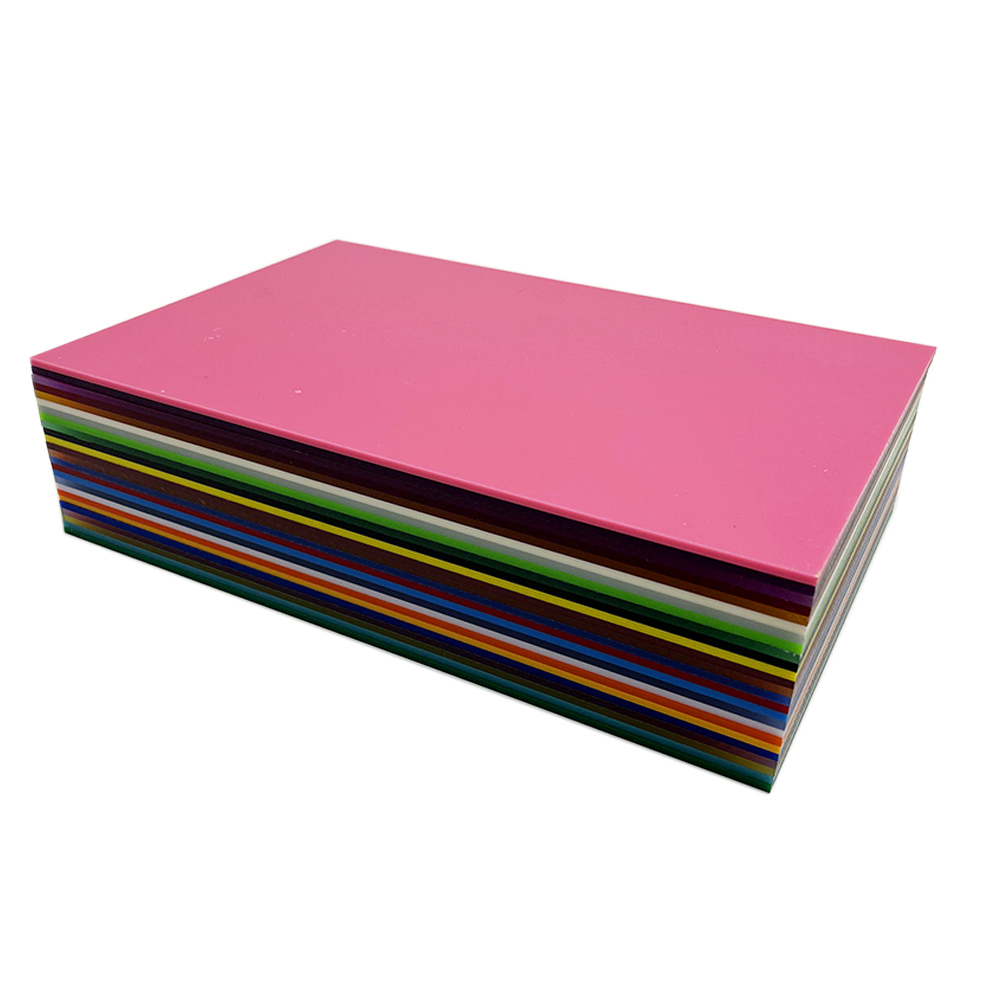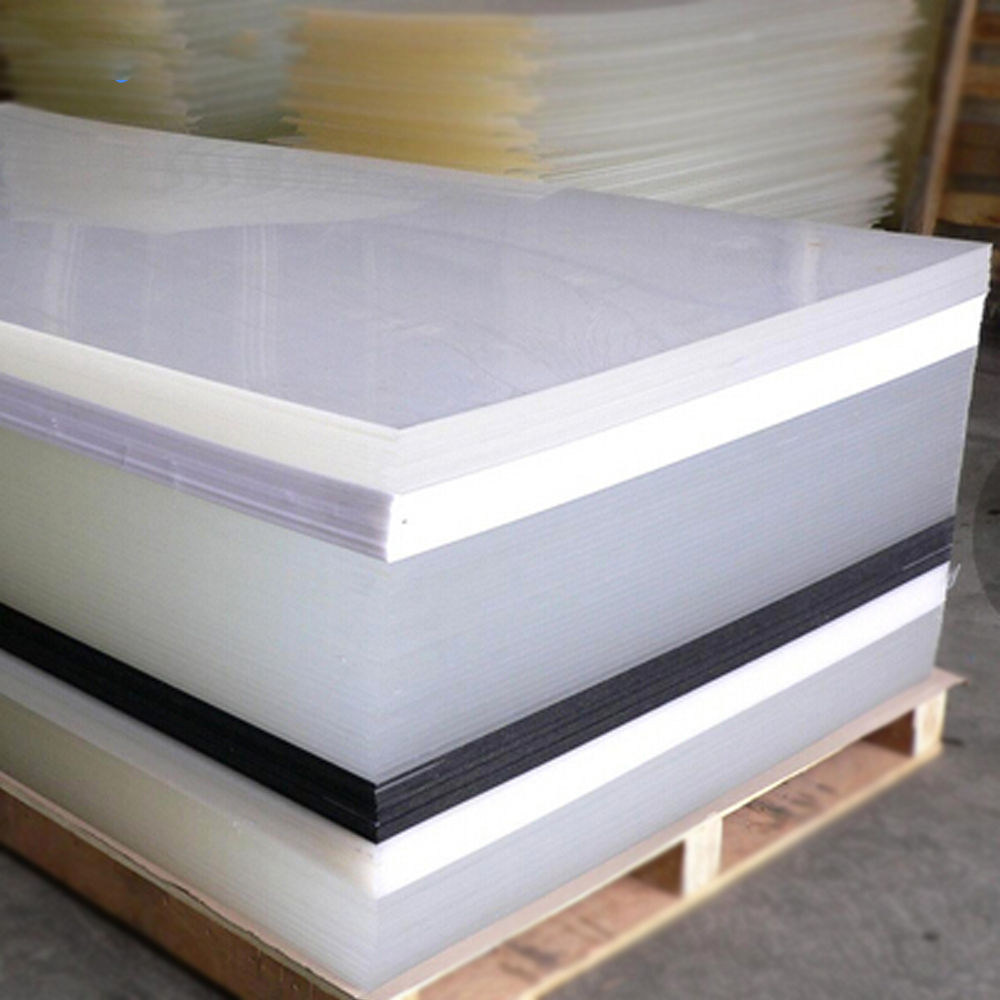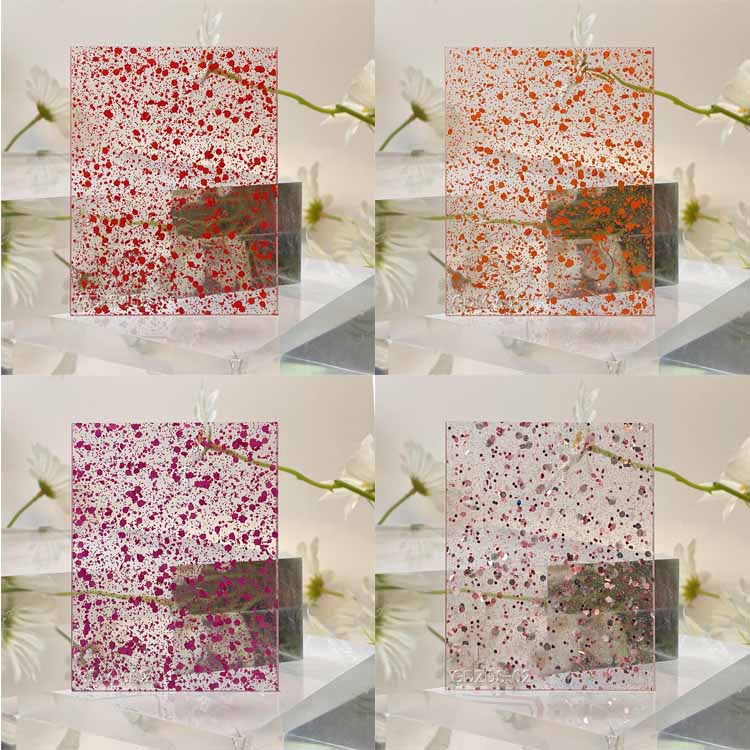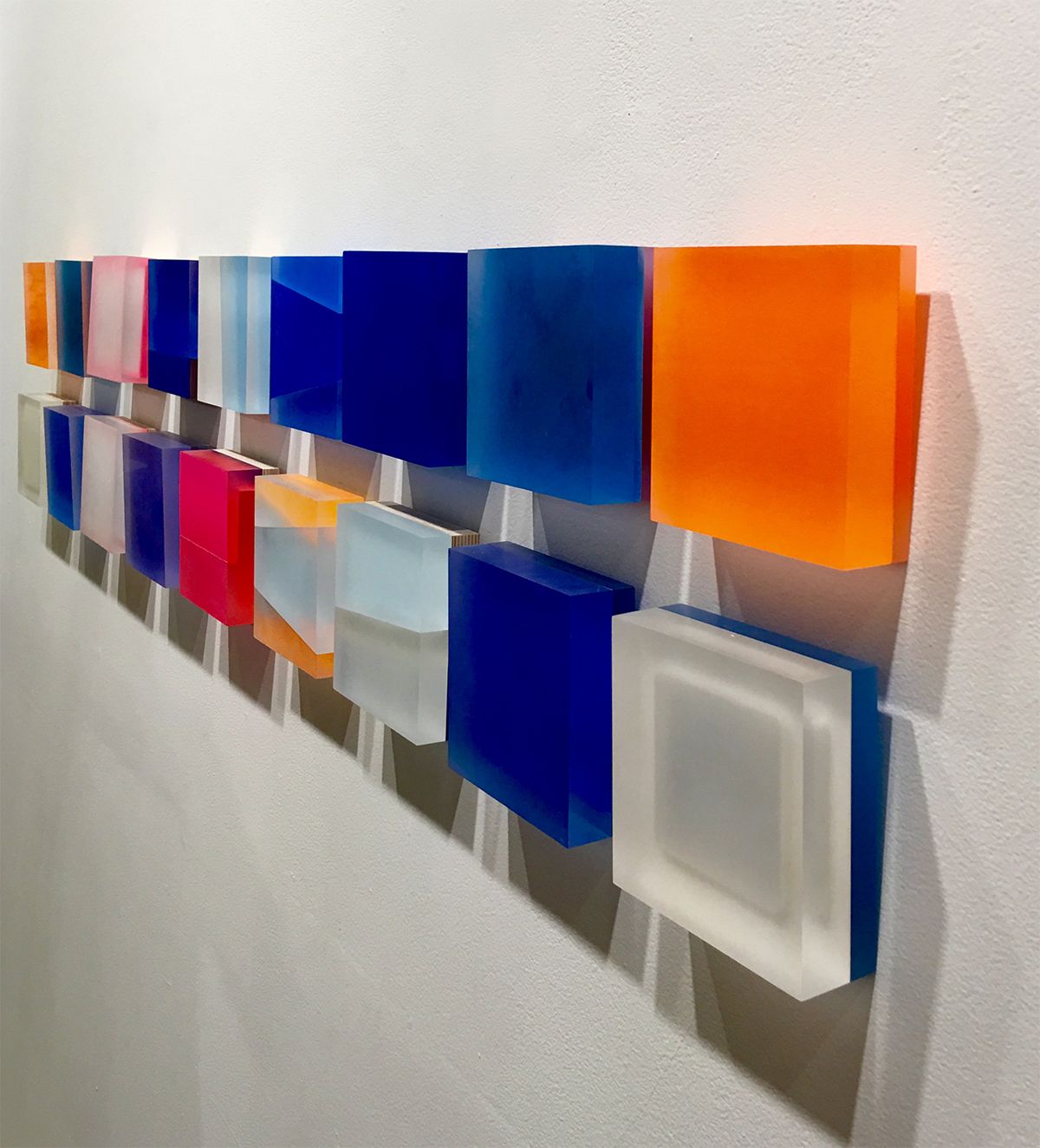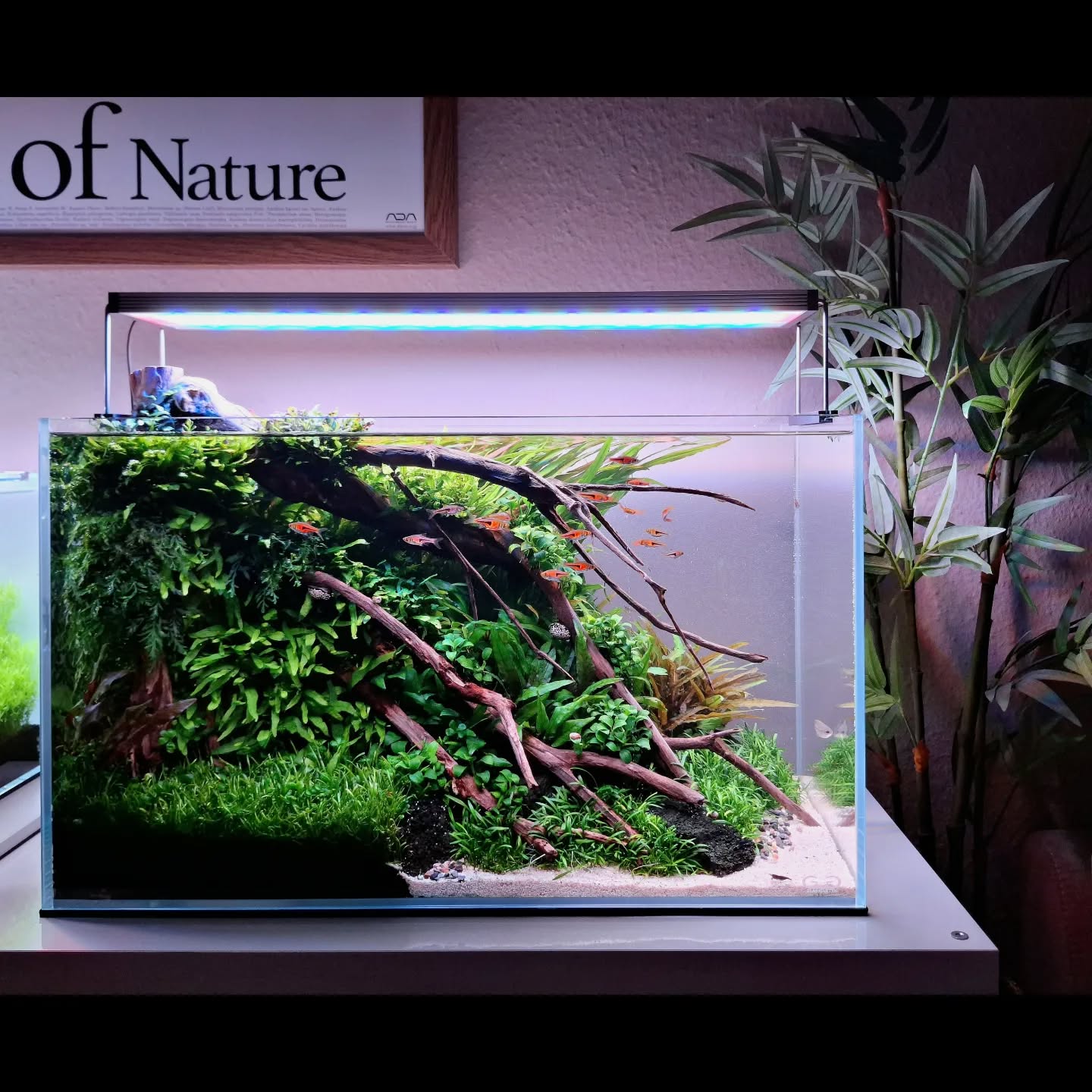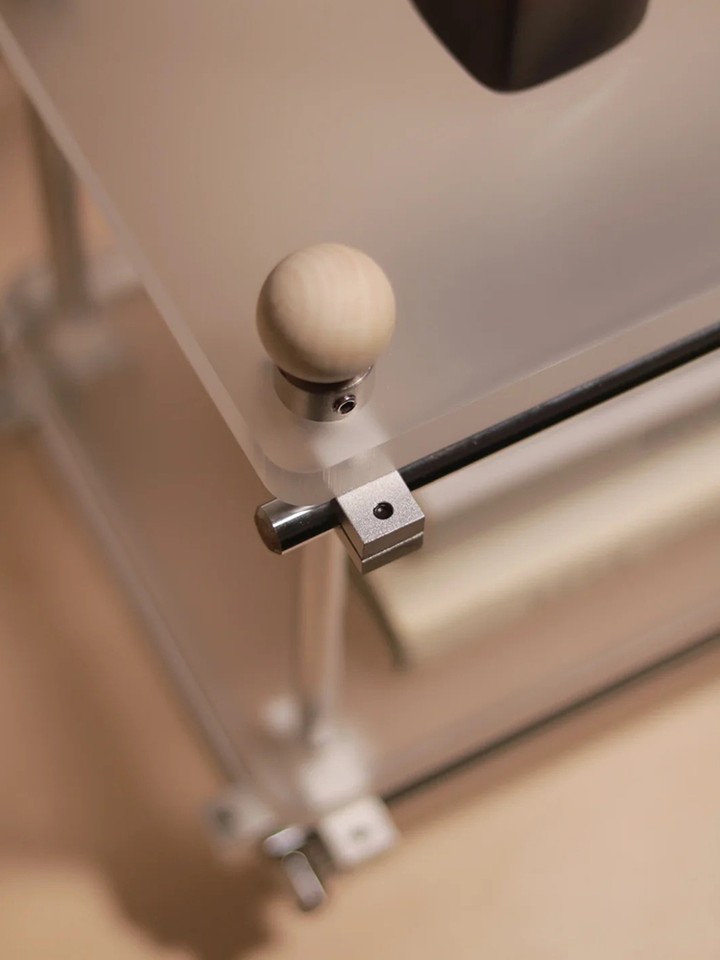תוֹכֶן הָעִניָנִים
Acrylic sheets, commonly referred to as acrylic glass, are versatile materials used in a wide range of applications, from signage and displays to furniture and protective barriers. When selecting acrylic sheets for your project, one of the most critical factors to consider is the thickness of the material. Choosing the appropriate thickness ensures that the acrylic sheet meets the specific functional requirements of your application, while also considering factors such as aesthetic appeal, durability, and cost-effectiveness.
In this comprehensive guide, we will explore the various factors that influence the selection of acrylic sheet thickness, provide recommendations based on common applications, and offer insights into how thickness impacts the material’s performance. By the end of this article, you will be equipped with the knowledge to make an informed decision about the right thickness for your acrylic sheet needs.
מָבוֹא
Acrylic sheets are known for their exceptional optical clarity, strength, and versatility. These sheets can be used in a variety of industries and applications, including retail displays, signage, interior décor, and protective barriers. While the visual qualities of acrylic are important, the thickness of the material plays a significant role in determining its suitability for specific tasks.
Thickness not only affects the strength and durability of acrylic sheets, but it also influences their ability to withstand environmental factors such as UV exposure, chemicals, and physical impact. Whether you are building a large outdoor sign, designing custom furniture, or creating an indoor display, selecting the appropriate thickness of acrylic sheets is key to ensuring the success of your project.
In this article, we will take a deep dive into the factors that affect acrylic sheet thickness selection, including material strength, application requirements, environmental conditions, and cost considerations. We will also provide a detailed analysis of how thickness impacts the overall performance and aesthetic of acrylic sheets.
Factors to Consider When Choosing the Thickness of Acrylic Sheets
Selecting the right thickness for acrylic sheets involves several important considerations, including the intended application, required durability, environmental exposure, and budget. Below are the key factors you should evaluate when deciding on the appropriate thickness for your project:
1. Application Purpose
The first step in determining the thickness of acrylic sheets is to consider the specific application. The thickness of the acrylic sheet directly affects its strength, rigidity, and functionality. Here are some examples of common applications and the recommended thickness for each:
- Signage and Displays: For retail signage and indoor displays, thinner acrylic sheets (2mm to 5mm) are typically sufficient. These thinner sheets offer excellent optical clarity while keeping the display lightweight and cost-effective.
- Outdoor Applications: For outdoor signage or displays that will be exposed to the elements, thicker acrylic sheets (5mm to 10mm) are recommended. Thicker acrylic is more durable and resistant to environmental factors such as wind, rain, and UV radiation.
- Furniture and Shelving: Acrylic furniture, display shelves, and countertops often require thicker sheets (6mm to 12mm) to support weight and ensure structural stability. Thicker sheets also provide a more polished and high-end look for furniture applications.
- Protective Barriers and Shields: For safety barriers or protective shields in high-traffic areas or industrial environments, acrylic sheets should be at least 10mm thick. This ensures that the material can withstand impacts and provide long-term durability.
2. Environmental Factors
Acrylic sheets are often used in environments that subject the material to UV radiation, moisture, temperature fluctuations, and chemicals. In such cases, selecting the right thickness can help the acrylic perform better in challenging conditions. Consider the following:
- UV Resistance: Thicker acrylic sheets tend to have better resistance to UV radiation. UV-resistant acrylic sheets are commonly used for outdoor signage or displays. These sheets help prevent discoloration and degradation caused by prolonged exposure to sunlight.
- Temperature Sensitivity: Thicker acrylic sheets offer better thermal insulation properties, making them ideal for applications in environments with fluctuating temperatures. For instance, thick acrylic is often used in windows or enclosures that require insulation.
- Chemical Exposure: In environments where the acrylic sheet will come into contact with chemicals (such as laboratories, industrial facilities, or food establishments), choosing a thicker sheet can improve the material’s resistance to chemical degradation.
3. Load and Weight Requirements
The thickness of acrylic sheets directly impacts their load-bearing capacity. For applications that require the material to support weight or withstand physical impact, such as shelves, furniture, or structural elements, thicker acrylic sheets are necessary to ensure stability and safety.
- Light Duty Applications: For displays or signage that don’t need to support heavy loads, thinner acrylic sheets (2mm to 4mm) are adequate. These sheets are flexible and lightweight, making them easy to install.
- Heavy Duty Applications: For shelving units, tables, or large displays that need to bear weight, thicker sheets (6mm to 12mm) provide the necessary rigidity and strength. Thicker acrylic is also less prone to bowing or warping over time.
4. Aesthetic Considerations
The thickness of acrylic sheets can impact the overall look and feel of the finished product. Thicker sheets tend to have a more polished and high-end appearance, while thinner sheets are more suitable for lightweight, minimalist designs. Depending on the aesthetic you wish to achieve, you can select the thickness that complements the desired look.
- Thin Acrylic Sheets: For sleek, modern designs where transparency and clarity are key, thinner acrylic sheets are ideal. Thin acrylic sheets (2mm to 5mm) are commonly used in light fixtures, picture frames, and small signage.
- Thick Acrylic Sheets: For larger or more robust applications that require a sense of heft and presence, thicker acrylic sheets (6mm to 12mm) are a better choice. Thick sheets are commonly used for furniture, display cases, and protective barriers.
5. Cost Considerations
Acrylic sheets are available in various thicknesses, with the price typically increasing as the thickness of the material increases. When selecting acrylic sheets for a project, it is important to balance the need for strength and durability with the budget available.
- Budget-Friendly Options: For low-budget projects that don’t require high impact resistance or heavy-duty strength, thinner acrylic sheets are a cost-effective option. These sheets can still provide excellent clarity and functionality for signage, displays, and decorative applications.
- Higher-End Applications: For premium projects that require enhanced durability and structural integrity, thicker acrylic sheets may be necessary. While these sheets are more expensive, they offer superior performance and longevity, making them a good investment for high-traffic or long-term applications.
How Thickness Impacts Acrylic Sheet Performance
Understanding how thickness affects acrylic sheet performance is essential when selecting the right material for your project. Below are the key ways that thickness influences the properties of acrylic sheets:
1. Strength and Durability
The thickness of acrylic sheets plays a critical role in their ability to withstand physical stress, including impact, bending, and compression. Thicker sheets are significantly stronger and more resistant to breakage, making them ideal for applications that require load-bearing capacity or exposure to harsh conditions.
2. Transparency and Light Transmission
Thinner acrylic sheets typically offer better optical clarity and allow more light to pass through. However, as the thickness increases, the light transmission decreases slightly, which can affect the overall visual effect of displays or signage. For applications where maximum transparency is required, thinner sheets are the best choice.
3. Flexibility and Molding
Thinner acrylic sheets are more flexible and easier to mold or shape than thicker sheets. This makes them ideal for applications that require intricate shapes or bends. However, thicker sheets are more rigid and require specialized equipment for bending and shaping.
Common Applications and Recommended Thickness
Choosing the correct thickness of acrylic sheets depends on the specific application. Below are some common uses and the recommended thickness for each:
- שילוט: For indoor signage, acrylic sheets with thicknesses between 2mm and 5mm are ideal. For outdoor signage, thicker sheets (5mm to 10mm) are recommended to withstand environmental factors such as wind and UV exposure.
- Display Cases: Display cases often require thicker acrylic sheets (6mm to 12mm) to provide structural stability and prevent warping. These sheets also offer the necessary impact resistance to protect valuable items on display.
- Furniture: For acrylic furniture, such as tables, chairs, and shelves, thicker sheets (6mm to 12mm) are necessary for strength and durability. These sheets can support the weight of objects placed on them without bending or warping.
מַסְקָנָה
Choosing the right thickness of acrylic sheets is essential for ensuring the success of your project. By understanding the various factors that influence thickness selection—such as application requirements, environmental conditions, load-bearing capacity, aesthetic preferences,
and budget—you can make an informed decision that ensures the acrylic performs well and meets your specific needs.
From providing clear guidance on selecting the appropriate thickness for signage to offering recommendations for heavy-duty applications like furniture or protective barriers, the thickness of acrylic sheets is a crucial consideration. By taking the time to evaluate your needs and understanding how thickness impacts the material’s performance, you can choose the ideal acrylic sheet thickness for your project and enjoy long-term durability and aesthetic appeal.

